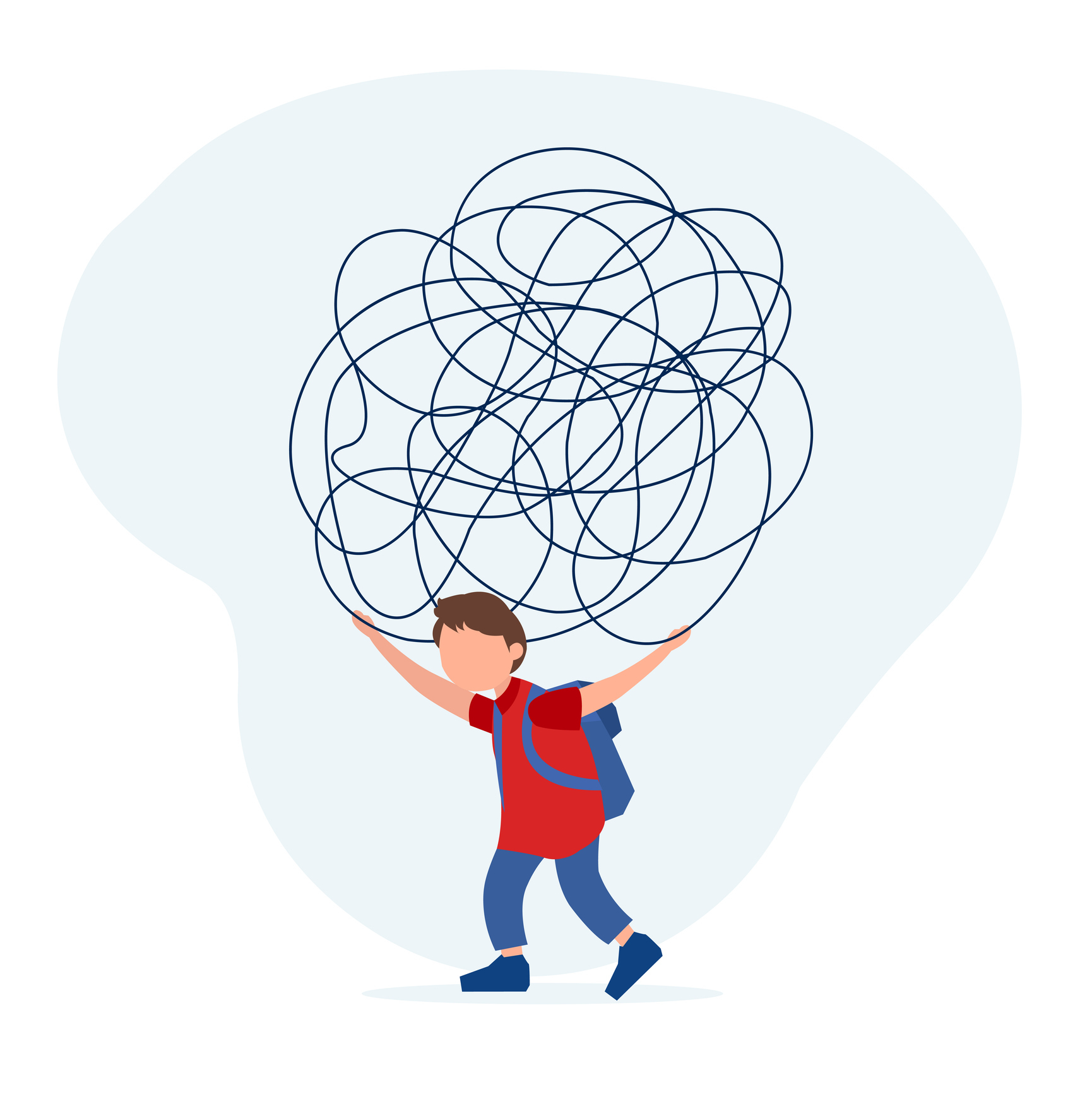The Role of Playgrounds in Promoting Mental Health Among Children
Posted by May Recreation Content Team on

As rates of anxiety and depression soar among children, now affecting one in five, communities face a growing mental health crisis. The COVID-19 pandemic only worsened the situation, increasing isolation, reducing physical activity, and adding emotional strain.
“Childhood mental illness diagnoses have increased substantially in the United States… as mental illness is known to be underdiagnosed, the true rate of mental illness among children is likely even greater,” says a research paper in Public Health in Practice.
Amid these challenges lies a powerful, often overlooked solution: play.
Research shows that physical play not only improves mood and social skills but can help counteract symptoms of anxiety and depression. That makes playgrounds more than recreational spaces — they’re vital infrastructure for supporting children’s mental health.
“There’s a closer link between play and child mental health than you might realize,” says Miracle Recreation. “Playgrounds, either in schools or community parks, can be the stage for encouraging kids to take the steps toward a healthy, well-balanced life, including one with better mental health, improved cognitive function, and well-rounded social relationships.”
The Science Behind Play and Mental Health
Physical play isn't just fun — it's medicine for developing minds.
“Spending time outdoors is not only fun for kids; it’s also good for their mental health!” says The Kids Mental Health Foundation. “Spending time outside can be very simple and doesn’t need to be fancy. A walk in the park, playing on a playground or a game of tag can make a big difference for a child’s mental health.”
When children engage in active play, their bodies release endorphins, natural mood elevators that combat stress and anxiety. This biological response creates immediate benefits while building long-term resilience against mental health challenges.
Key mental health benefits of physical play include:
- Stress Reduction: Physical activity naturally lowers cortisol levels, helping children manage daily stressors more effectively.
- Improved Mood: Regular play increases serotonin and dopamine production, essential neurotransmitters for emotional regulation.
- Enhanced Self-Esteem: Mastering physical challenges on playgrounds builds confidence and self-worth.
- Better Sleep Quality: Active play promotes deeper, more restorative sleep patterns crucial for mental health.
- Social Connection: Group play activities can foster friendships and reduce feelings of isolation.
- Emotional Regulation: Physical activity provides healthy outlets for processing emotions and managing behavioral challenges.
The Kids Mental Health Foundation sums it up: “Spending time outdoors can lower stress, increase physical activity, and improve focus, mood, and sleep quality.”
How Playground Design Influences Mental Well-being
Not all playgrounds are created equal when it comes to supporting mental health. Thoughtful design elements can maximize the therapeutic benefits of play while creating environments that naturally promote emotional well-being.
Nature Integration
Incorporating natural elements into playground design creates calming environments that reduce stress and anxiety. Children who play in nature-rich settings show improved attention spans, reduced symptoms of ADHD, and better emotional regulation. Features like natural climbing structures, garden areas, and shade trees create peaceful spaces that balance active play with quiet reflection.
Sensory Play Opportunities
Modern playground design recognizes that children process the world through their senses. Equipment that engages multiple senses (textured surfaces, musical elements, and varied materials) helps children with sensory processing needs while providing therapeutic benefits for all users. These features are particularly valuable for children with autism, ADHD, and anxiety disorders.
Age-Appropriate Challenge Levels
Well-designed playgrounds offer graduated challenges that allow children to build confidence progressively. When children successfully navigate age-appropriate obstacles, they develop resilience and problem-solving skills that translate to better mental health outcomes. The key is providing enough challenge to engage without creating overwhelming frustration.
Creating Inclusive Spaces for All Mental Health Needs
Effective playground design recognizes that children have diverse mental health needs and play preferences. Some children thrive in high-energy group activities, while others benefit from quieter, more contemplative play experiences.
Design elements that support diverse needs:
- Quiet Zones: Designated areas with seating and calming features for children who need breaks from stimulation.
- Social Play Structures: Equipment designed for group activities that encourage cooperation and communication.
- Individual Challenge Features: Elements that allow for solo play and personal achievement.
- Accessible Design: Equipment that can be used by children with physical disabilities, ensuring all children can experience the mental health benefits of play.
- Clear Sight Lines: Open layouts that reduce anxiety for both children and supervising adults
Impact of Mental Health-Focused Playground Design
Investing in thoughtfully designed playgrounds creates ripple effects throughout communities.
When children have access to high-quality play environments, families are more likely to spend time outdoors together, strengthening social bonds and community connections. These gathering spaces become focal points for neighborhood interaction, creating supportive networks that benefit everyone's mental health.
Schools and communities that prioritize mental health-supportive playground design often see improvements in academic performance, reduced behavioral issues, and stronger community cohesion.
The return on investment extends far beyond the initial equipment cost, creating lasting value for generations of children.
Evidence-Based Design Principles
Research in environmental psychology and child development provides clear guidance for creating playgrounds that support mental health:
Movement Variety
Playgrounds should encourage different types of movement — climbing, swinging, spinning, and balancing — each providing unique neurological benefits that support emotional regulation and cognitive development.
Risk-Appropriate Design
Controlled risk-taking in play environments builds confidence and resilience. Well-designed equipment allows children to challenge themselves safely, developing the problem-solving skills and emotional regulation they need to navigate life's challenges.
Social Interaction Facilitation
Equipment and layouts that naturally encourage cooperative play help children develop crucial social skills while building peer relationships essential for mental health.
Future of Mental Health-Conscious Playground Design
As our understanding of children's mental health needs continues to evolve, playground design must adapt accordingly. Forward-thinking communities are investing in evidence-based playground solutions that prioritize both physical safety and emotional well-being.
The most effective playgrounds of the future will seamlessly blend fun with function, creating environments where children naturally develop the physical, social, and emotional skills they need to thrive in an increasingly complex world.
At May Recreation Equipment & Design, we understand that playgrounds are more than play spaces, they're investments in our children's mental health and our community's future. Our experienced team specializes in designing and installing commercial-grade playground equipment that prioritizes both safety and mental well-being.
Serving the greater Houston area, we work closely with schools, municipalities, and private organizations to create play environments that support every child's developmental needs. Our comprehensive approach ensures your playground project delivers maximum mental health benefits while staying on time and on budget.
Contact May Recreation Equipment & Design today to discuss how we can transform your vision into a reality that will benefit children for generations to come.
